Differences Between Knit and Woven Fabrics
22nd May, 2023
When choosing fabrics for clothing and other textile products, it’s important to understand the differences between knit and woven fabrics.
While woven textiles are formed by weaving yarns at right angles to generate structure and durability, knit fabrics are made by interlooping yarns to provide stretch and flexibility.
In this blog, we will delve into the world of knit and woven fabrics, exploring their definitions and characteristics!
Understanding the Differences Between Knit and Woven Fabrics
What are Knit Fabrics?
Knitting is a method for creating knit materials in which yarns are looped together to form a network of linked loops which means. fabrics with a particular amount of stretch and elasticity are produced.
T-shirts, sweaters, and activewear are just a few items that frequently include knit textiles.
Characteristics of Knit Fabrics
Knit fabrics are renowned for being stretchable, which enables them to gently adapt to the curve of the body.
They are also frequently thin, breathable, and wrinkle-resistant, making them ideal for creating comfortable and adaptable clothes.
Common Knit Fabric Types
Jersey
A common knit fabric known for its softness and excellent draping qualities. It is often used for t-shirts and dresses.
Rib
This fabric has raised vertical lines, providing added stretch and structure. It is commonly used for cuffs, collars, and waistbands.
Interlock
A double-knit fabric that is thicker and more stable than other knits. It is often used for activewear and undergarments.
French Terry
Known for its looped interior and smooth exterior, this fabric is popular for sweatshirts, hoodies, and children’s clothing.
Warp Knitted
Unlike other knit fabrics, it uses multiple yarns interlocked in a vertical or warp direction. This unique structure results in slightly inclined vertical knitting loops on the face side and inclined horizontal floats on the backside.
Tricot Knit
These fabrics typically have a plain or simple geometric design, with clearly defined vertical wales on the front surface and crosswise courses on the back surface.
What are Woven Fabrics?
Woven fabrics are created by interlacing two sets of yarns, known as the warp and weft, at right angles to each other.
A stable, structured fabric with little to no stretch is produced by this interlacing.
Shirts, pants and bed linens are examples of goods that frequently employ woven materials.
Characteristics of Woven Fabrics
Woven fabrics are known for their sturdiness, power, and fray resistance.
Plus, woven textiles have a tendency to be more sturdy and less likely to stretch, giving them a clean, polished appearance.
Common Woven Fabric Types
Plain Weave
The most basic type of weave, where the warp and weft threads alternate over and under each other. It produces a balanced and durable fabric commonly used for shirts and dresses.
Twill Weave
This weave creates diagonal lines or ridges on the fabric’s surface. Twill fabrics are known for their strength and versatility and are often used for jeans, jackets, and workwear.
Satin Weave
Satin fabrics have a smooth and lustrous surface with a glossy appearance. They are commonly used for formal clothing and luxury bedding.
Jacquard Weave
This intricate weave creates complex patterns and designs on the fabric. It is often used for decorative fabrics, upholstery, and curtains.
What Exactly are the Differences Between Knit and Woven Fabrics?
Structure
The structure of knit and woven textiles is one of their main distinctions.
The yarns used to make knit textiles are interlooped to form a network of linked loops.
On the other hand, woven textiles are made by weaving together the warp and weft strands at an angle.
The properties and behaviour of the fabric are influenced by this underlying structural variation.
Stretch
Knit materials are renowned for their ability to stretch and return to their original shape.
They are therefore perfect for clothing that has to be flexible and comfortable, like sportswear.
Woven textiles, on the other hand, have little flexibility and are difficult to recover to their previous shape after stretching.
Aesthetics
Compared to woven fabrics, knit materials frequently seem more relaxed and textured.
Woven materials seem smooth and structured, however the loops in knit fabrics may provide various surface textures.
The decision between knit and woven fabrics is influenced by the desired aesthetic and the fabric’s intended usage.
Comfort and Breathability
Due to their natural stretchability and breathability, knit materials are often more breathable and pleasant than woven fabrics.
Stretchy knit materials make it easy to move about, and its open design promotes ventilation, where woven textiles more robust and may be less breathable.
Durability
Compared to knit materials, woven fabrics are often more enduring and resistant to tearing.
In woven textiles, the strands are interlaced to form a sturdy structure that can endure frequent usage and washing.
Despite being cosy, knit textiles may be more prone to snagging or pilling.
Versatility
Deciding on what to choose, depends on your project.
While woven textiles are frequently used for formal clothes, structural garments, and home furnishings, knit materials are frequently seen in activewear, casual clothing, and stretchy items.
Which One Should You Choose?
It depends!
When choosing between both fabrics, take into account the desired qualities, practicality, and aesthetics of the finished product.
Knit textiles are appropriate for both athletic and informal wear since they are comfortable, stretchy, and versatile.
Contrarily, woven textiles offer structure, toughness, and a refined look, making them perfect for formal attire and home décor.
Making wise fabric selection selections requires having a solid understanding of the distinctions between knit and woven materials.
Visit us at UK Fabrics Online!
If you have any questions, please leave a comment here.
Hope you enjoy this one.
Thank you!
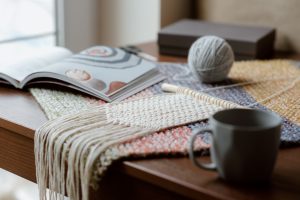
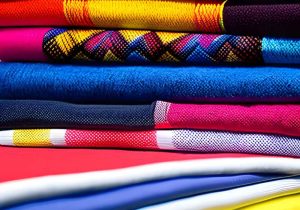
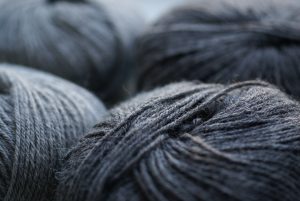
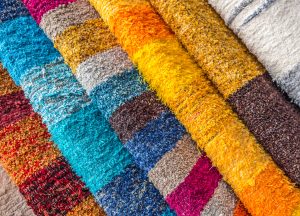
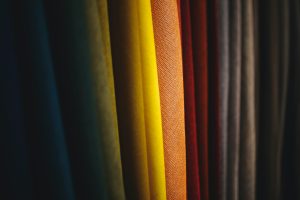
Leave a Reply